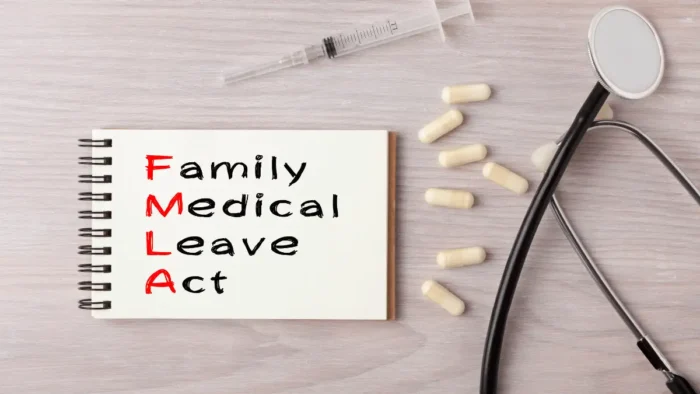Are you concerned about your rights and options regarding taking time off from work for certain family obligations? Do you live in the U.S. but don’t understand precisely what paid family leave laws apply in your state or city?
If so, then this guide is for you! We will cover all the basics—including who is eligible, which benefits are included, and how long they last—so that you can make informed decisions about balancing work with other essential commitments like caring for a sick child or aging parent.
Let’s begin your journey toward knowing more about paid parental leave!
Different States Have Different Laws
Before we dive deep into the details, it’s crucial to understand that paid family leave laws vary significantly from state to state in the U.S. While federal law sets a baseline with the Family and Medical Leave Act, which provides eligible employees with up to 12 weeks of unpaid, job-protected leave per year, individual states have the autonomy to enact their own laws regarding paid family leave.
For example, New York’s PFL law provides up to 8 weeks of paid leave for care and bonding, while California’s PFL law offers up to 12 weeks. Additionally, certain cities have enacted their own laws that are even more generous than the state laws.
Qualifying for Paid Family Leave Benefits
Understanding who can claim benefits is another vital aspect of grasping the paid family leave laws. The eligibility criteria for these benefits can range widely from state to state, but there are several common requirements that most states share.
To qualify for paid family leave, individuals typically must have a certain length of service with their current employer. For instance, under the federal Family and Medical Leave Act, employees must have been with their employer for at least 12 months and worked at least 1,250 hours during those 12 months to be eligible for leave benefits.
In addition to the service length, employees must have a qualifying reason for taking leave. Qualifying reasons typically include the birth or adoption of a child, the serious health condition of a child, spouse, or parent, or the employee’s serious health condition.

Financial Impact of Paid Family Leave
Navigating the financial implications of taking paid family leave is a critical yet often overlooked aspect of understanding these laws. The impact on income, jobs, and taxes can vary depending on the specifics of the state or city law under which a leave is claimed.
Income Impact
Most importantly, paid family leave can significantly help mitigate the loss of income during the leave period. However, it’s important to note that these benefits seldom provide full wage replacement. The percentage of your wages these benefits will replace varies from state to state.
For instance, in California, you may receive about 60–70% of your wages, whereas in New York, you may get up to 67% of your average weekly wage.
Job Security
Job security is another crucial consideration. While the federal Family and Medical Leave Act guarantees job protection for eligible employees, the protection may differ under state laws.
Generally, employees can expect to return to the same or an equivalent job after their leave, although there may be exceptions for specific categories of workers or employer sizes.
Tax Implications
Finally, tax implications should also be considered. While the specific tax treatment can vary, in many cases, paid family leave benefits are treated as taxable income. Employees may have the option of having federal taxes withheld from their paid family leave benefits at the time of payment or taking responsibility for these taxes when they file their annual tax return. It’s encouraged to consult a tax professional to better understand the potential tax implications of paid family leave benefits.
Different Types of Paid Family Leave Benefits
The different types of paid family leave benefits depend mainly on the state or city where one lives. These benefits include but are not limited to parental leave for new parents and caregivers, family care leaves that cover a range of caregiving situations, such as caring for a sick family member or an aging parent, or medical leave related to an employee’s serious health condition. The length of these benefits can also vary widely, ranging from a few weeks to several months.
Resources to Help You
Several resources are available to understand further your rights and obligations under paid family leave laws. Each state usually has a labor department or equivalent agency that can provide detailed information about that state’s specific paid family leave laws. For federal laws, you can contact the U.S. Department of Labor, specifically the Wage and Hour Division (WHD), which is responsible for administering and enforcing family and medical leave rights.
Conclusion
Whether you’re a new parent, a caregiver, or someone with medical needs, understanding your state or city’s paid family leave laws can help you make informed decisions about balancing work and family obligations. With the right information and resources, you’ll be well-equipped to navigate these laws confidently!





